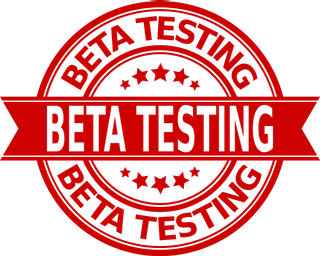Part of an interpreter's preparation work consists of practicing. It is important to continue to do so to stay at the top of your game or to add or strengthen a new language combination.
We decided to create this section because some interpreters have described a tedious process involving professional recording software when they practice and we thought we could make it easier.
Thanks to the practice section, you will be able to record yourself interpreting a YouTube video. When you are done interpreting, you can listen to yourself in one ear of your headphones and to the video in the other.
Dashboard
As on the general dashboard, you can see the latest activities, such as your latest recordings.
Public speech database
This is a database of speeches suitable for simultaneous interpretation.
This database is public, which means that it is visible to everyone, just like the Glossary Farm.
Any member who finds an interesting speech can add it to the database, it's very simple, just specify the language, a title and the url of the video.
Of course, you can add more details if you wish.
Private speech database
This is your own private database of speeches that you want to practice on. Only you can see it.
Suppose you find a video on YouTube that you want to practice with, but you don't think it should appear in the public database : add it to your private database.
Recordings
These are your actual interpretation recordings. And the ones "shared with you" are recordings that colleagues share with you for feedback.
You are the only one who can listen to your recordings unless you share it with “listeners” to get feedback.
You can listen to your previous recordings again at any time.
How to get started
Requirements:
- Headsets
- A microphone
- A modern browser like Chrome
The ideal environment to use the “Practice mode” is a laptop with an integrated microphone.
This mode is currently not available for tablets.
First, choose a video from the database (public or private).
You are now on the “speech page”:
On this page you have the details of the speech, you can even attach a glossary.
If it’s a private glossary, you’ll be the only one to see it here, if it’s a public glossary, anyone will see it attached to this speech.
There will also be a comment section on the video.
If you want to practice this speech, press the “Practice this video” button.
When you are ready press the “Start recording” button, the video will start and the recording begin.
Once you are done interpreting, press the “Stop” button.
At this point, you can already listen to your interpretation with the sound of the video in one ear and your interpretation in the other.
Then, you can choose whether or not to archive this practice.
If you archive it, you can get feedback and see your improvements over time.
Before saving, you’ll need to enter your practice details.
For now, we only allow simultaneous, but if people like this practice tool, then we could also work on a consecutive approach.
Then, you’ll have to wait until your recording is uploaded, it may take some time but you cannot leave the page, otherwise your recording will be lost.
Once your recording is uploaded, you can rate the video in terms of difficulty and relevance and evaluate yourself.
You can also share it with colleagues to get feedback.
Note:
- Your colleagues cannot see your feedback and the feedback of others on your own recording, unless you authorize it on the sharing page, individually by listeners.
Be sociable:
Rate videos to let other members know about the most interesting ones.
Add videos to the public database.
Report videos that are not suitable.
Glossaries
You can also attach glossaries to a video. These glossaries should contain specific vocabulary found in the video.
If the glossary you attach is public, any member will see it attached to a specific videos.
Upcoming features
- You’ll be able to view and compare your ratings for all recordings of a specific video, to see your evolution over time
- The possibilities of features to extend the practice mode are endless!!


